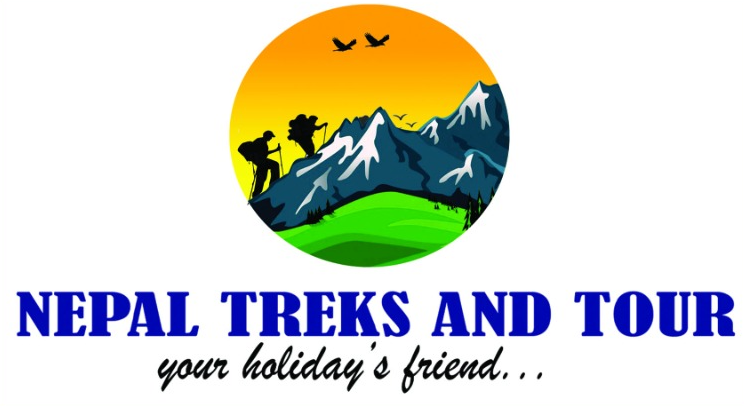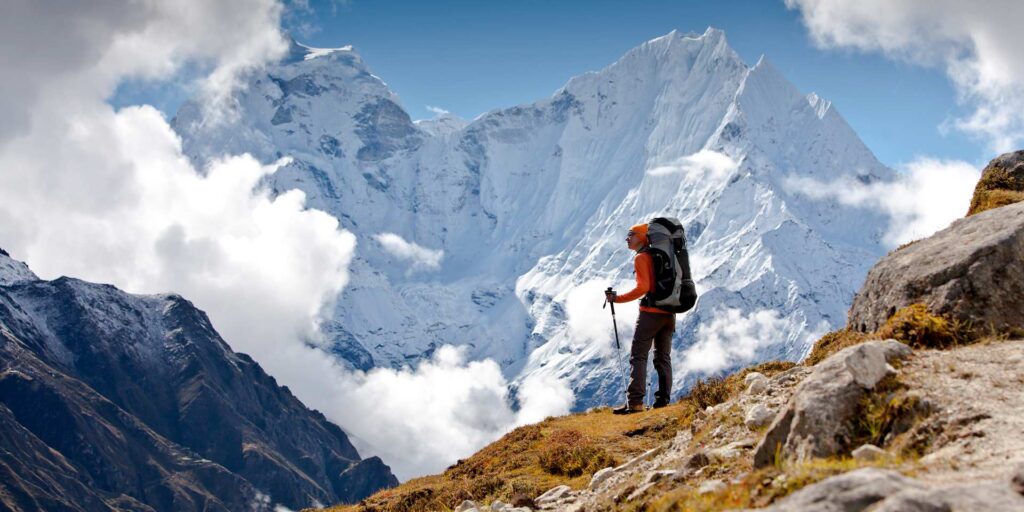Nepal is a trekker’s paradise, offering some of the most breathtaking and diverse hiking trails in the world. From the towering peaks of Everest and Annapurna to serene alpine lakes and culturally rich villages, Nepal caters to both novice hikers and experienced mountaineers. With trails ranging from short, family-friendly treks like Ghorepani Poon Hill to challenging high-altitude expeditions such as the Manaslu Circuit or Kanchenjunga Base Camp, every trek provides a unique blend of natural beauty, adventure, and cultural immersion. Guided by decades of experience, Nepal Treks and Tour ensures trekkers enjoy safe, well-organized journeys while exploring the 10 best hiking trails in Nepal, each offering unforgettable Himalayan vistas and memorable experiences.
Why Nepal is a Trekker’s Paradise
Nepal is widely recognized as the ultimate destination for trekking enthusiasts, and for good reason. Here’s why:
-
The Himalayas at Your Fingertips: Home to 8 of the world’s 14 highest peaks, including Everest (8,848m), Annapurna (8,091m), and Kanchenjunga (8,586m), Nepal offers unparalleled mountain scenery. Trekkers can witness towering peaks, glacial rivers, and high-altitude passes that are simply unmatched anywhere else in the world.
-
Diverse Trekking Routes for Every Skill Level: Nepal caters to all types of trekkers—from easy short treks like Ghorepani Poon Hill and Langtang Valley to challenging expeditions like Everest Base Camp, Manaslu Circuit, and Kanchenjunga Base Camp. Whether you’re a first-time trekker or a seasoned adventurer, Nepal has a trail suited to your fitness and experience.
-
Rich Cultural Immersion: Trekking in Nepal is not just about mountains. You’ll encounter Sherpa, Tamang, Gurung, and Tibetan communities, ancient monasteries, and traditional villages. Many trails provide opportunities to experience local festivals, traditional cuisine, and unique lifestyles high in the Himalayas.
-
Well-Developed Trekking Infrastructure: From teahouse trekking in Nepal to guided expeditions, the country’s trekking infrastructure is highly developed. Nepal Treks and Tour ensures that trekkers have access to safe accommodations, experienced guides, and essential support for a smooth and enjoyable journey.
-
Breathtaking Natural Diversity: Nepal’s landscapes range from lush subtropical forests, rhododendron-filled valleys, alpine meadows, and glacial lakes to the dry, arid desert regions of Upper Mustang. Every trek offers a unique combination of flora, fauna, and scenery that keeps adventurers coming back.
-
Adventure, Safety, and Guidance: Trekking with a licensed operator like Nepal Treks and Tour ensures safety, proper acclimatization to prevent altitude sickness, and expert guidance. The combination of natural beauty, cultural richness, and professional support makes Nepal a truly exceptional trekking destination.
Nepal is a trekker’s paradise because it combines world-class mountains, diverse trails, immersive culture, and professional trekking support, offering experiences that are life-changing, safe, and unforgettable.
10 Best Hiking Trails in Nepal
Nepal is a trekker’s paradise, offering routes that range from short and scenic treks to challenging high-altitude expeditions. At Nepal Treks and Tour, we have decades of first-hand experience guiding adventurers across the Himalayas.
This guide explores the 10 best hiking trails in Nepal, providing practical advice, route details, difficulty levels, permits, and insider tips. Whether you’re seeking your first Himalayan adventure or aiming for the ultimate expedition, this resource ensures you plan safely, efficiently, and memorably.
1. Everest Base Camp Trek
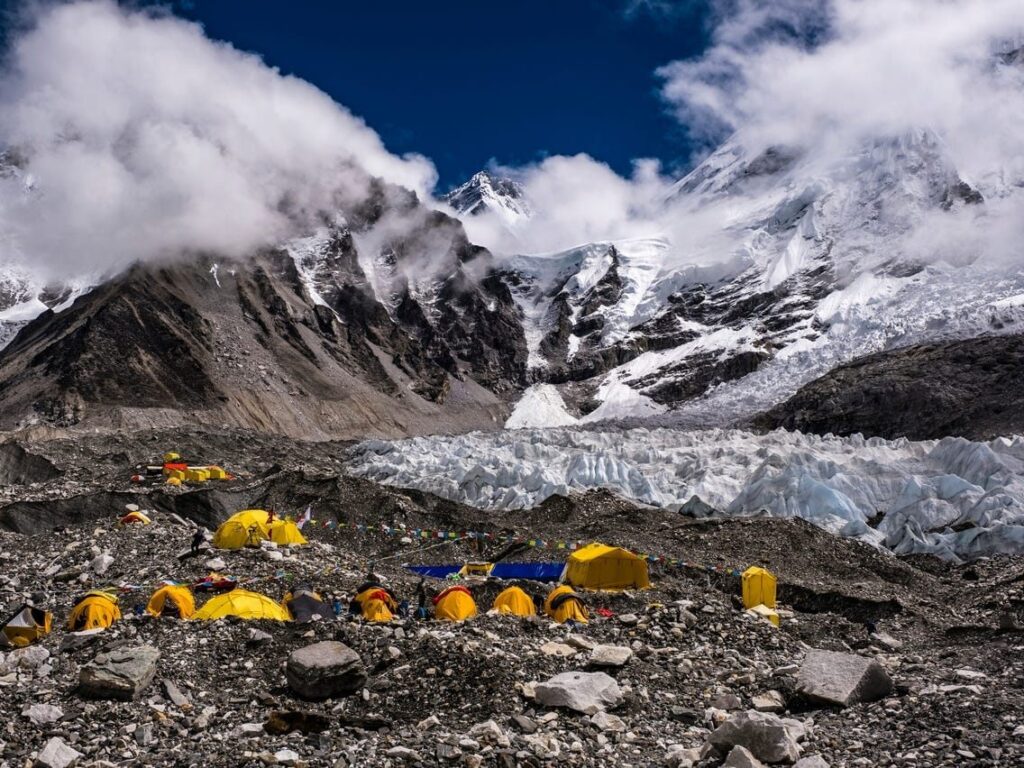
-
Duration: 12–14 days
-
Difficulty: Moderate to strenuous
-
Highlights: Everest, Kala Patthar, Namche Bazaar, Sagarmatha National Park
-
Why It’s Special: The world-famous trek offers iconic views of Everest and the opportunity to experience Sherpa culture firsthand.
-
Expert Tip: Trek with Nepal Treks and Tour guides to manage altitude acclimatization safely.
2. Annapurna Circuit Trek

-
Duration: 14–18 days
-
Difficulty: Moderate to challenging
-
Highlights: Thorong La Pass, Muktinath Temple, diverse landscapes from subtropical forests to alpine deserts
-
Expert Tip: Extend your trek with a side trip to Tilicho Lake for one of the world’s highest alpine lakes.
3. Annapurna Base Camp Trek
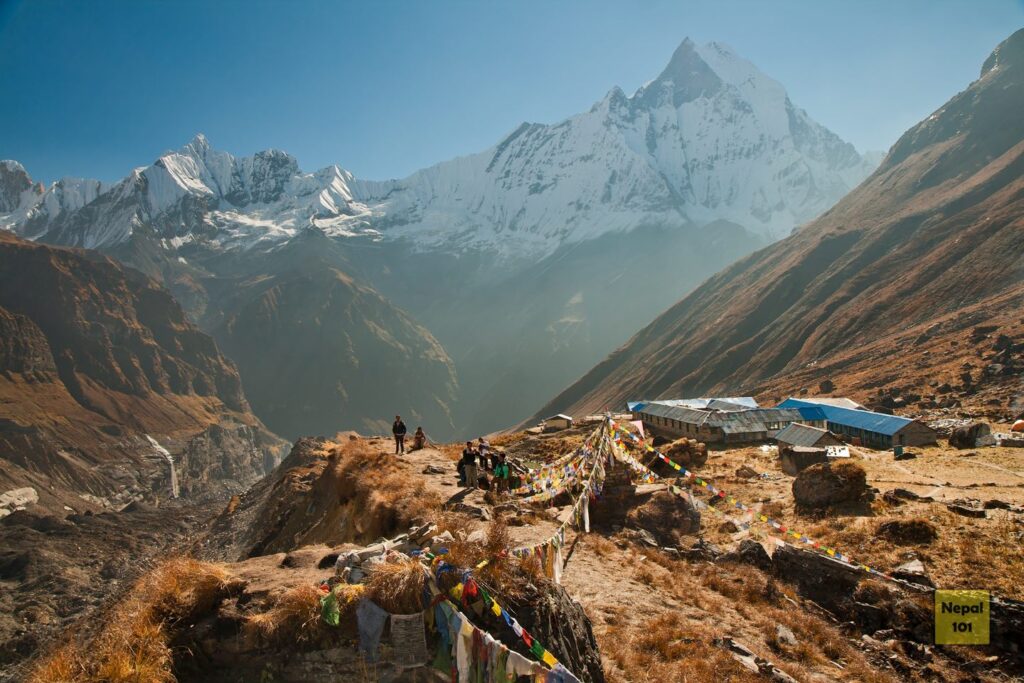
-
Duration: 7–11 days
-
Difficulty: Moderate
-
Highlights: Sunrise over Annapurna I, Machapuchhre (Fishtail), hot springs at Jhinu Danda
-
Expert Tip: Ideal for shorter treks; Nepal Treks and Tour guides optimize your itinerary for scenic highlights and minimal fatigue.
4. Manaslu Circuit Trek
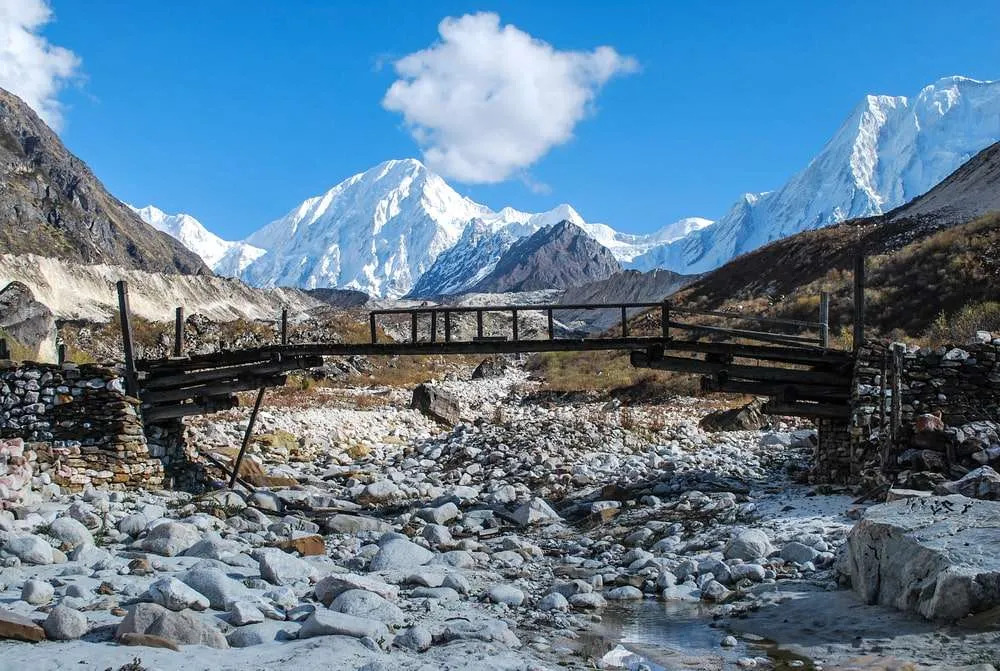
-
Duration: 14–16 days
-
Difficulty: Challenging
-
Highlights: Larke Pass, remote Tibetan-influenced villages, pristine wilderness
-
Permit Note: Requires restricted area permits. Nepal Treks and Tour handles all official paperwork.
-
Expert Tip: Perfect for trekkers seeking a less crowded, authentic Himalayan experience.
5. Langtang Valley Trek
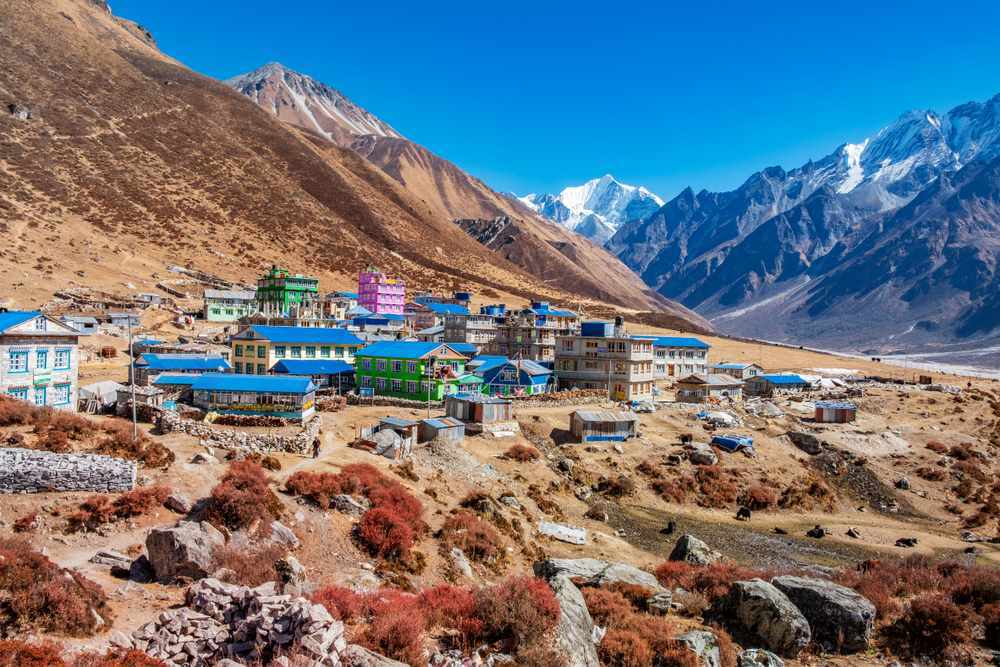
-
Duration: 7–10 days
-
Difficulty: Moderate
-
Highlights: Kyanjin Gompa, Tserko Ri, Tamang culture, Langtang National Park
-
Expert Tip: A short trek near Kathmandu, ideal for beginners and families. Post-2015 earthquake trails are fully restored and safe.
6. Ghorepani Poon Hill Trek
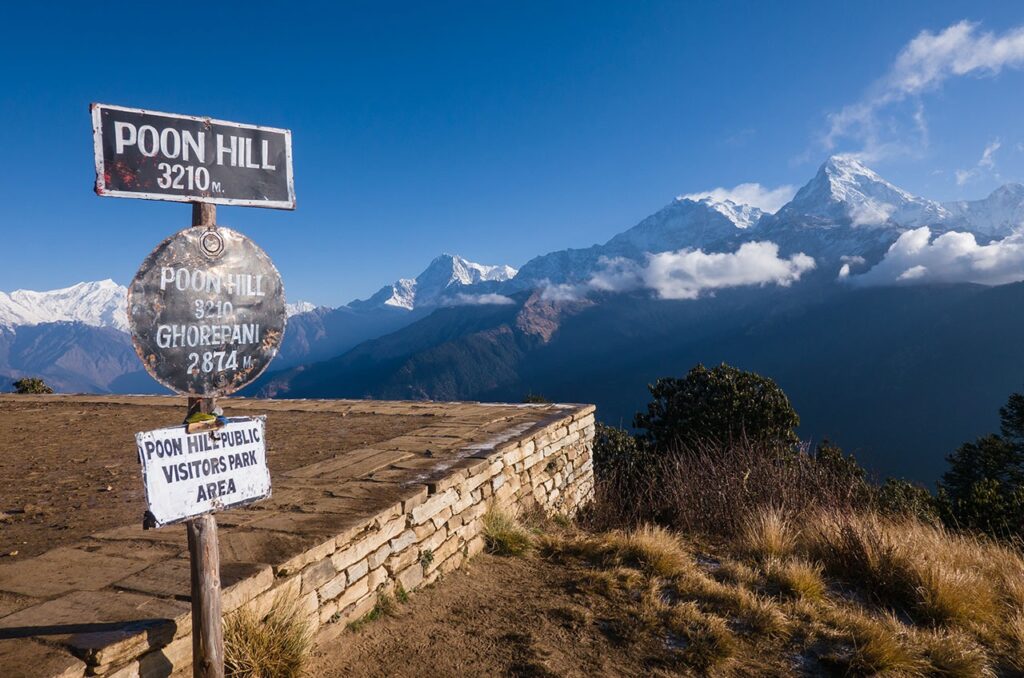
-
Duration: 4–5 days
-
Difficulty: Easy to moderate
-
Highlights: Poon Hill sunrise, Annapurna and Dhaulagiri ranges, Gurung villages
-
Expert Tip: Beginner-friendly trek, perfect for families. Nepal Treks and Tour ensures a safe and smooth experience.
7. Upper Mustang Trek
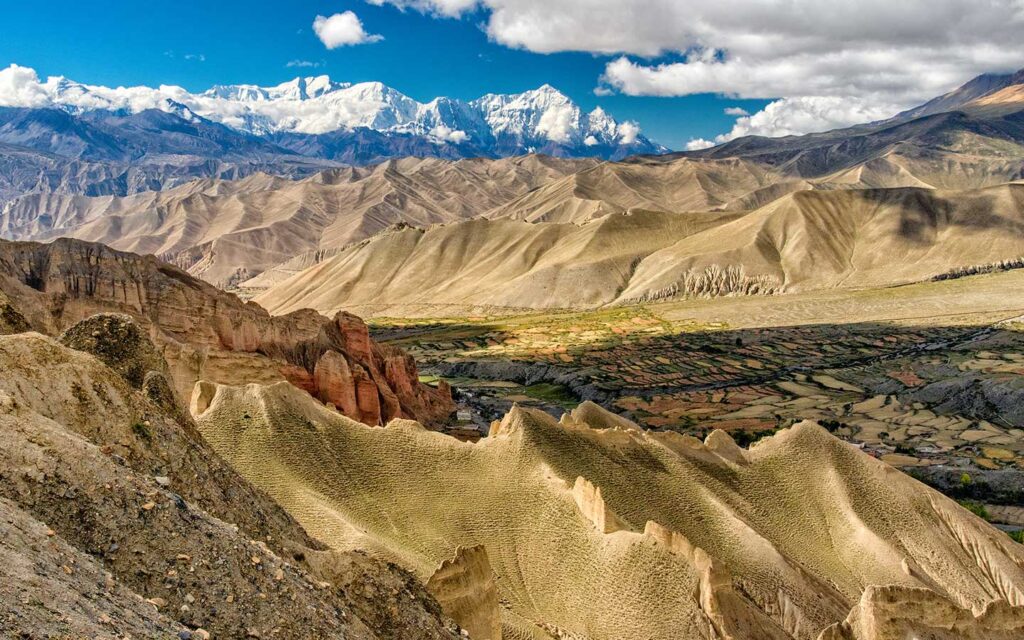
-
Duration: 12–14 days
-
Difficulty: Moderate
-
Highlights: Lo Manthang, desert-like Himalayan terrain, Tibetan culture
-
Permit Note: Restricted area permits required; Nepal Treks and Tour provides full support.
8. Gokyo Lakes Trek
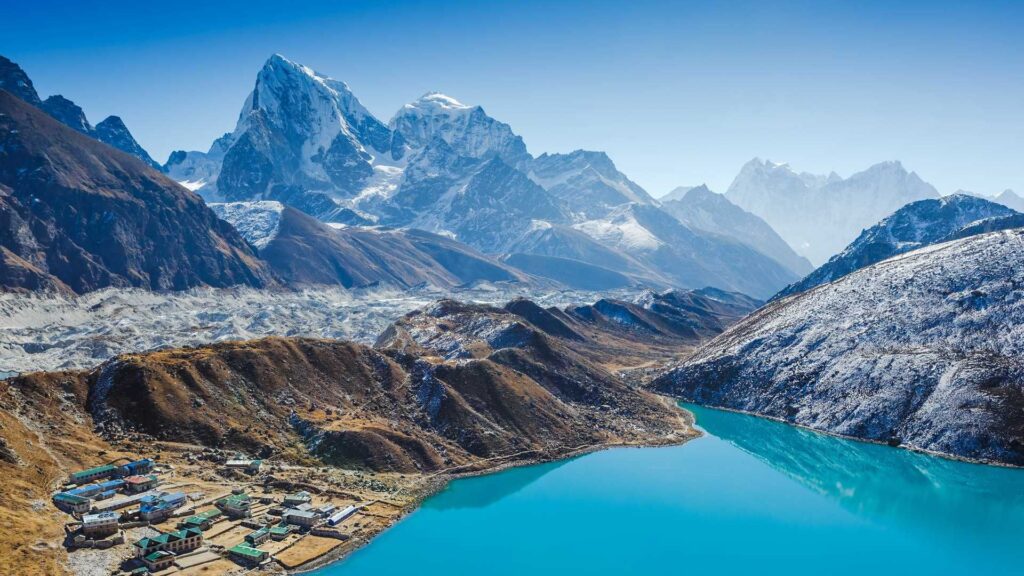
-
Duration: 12–15 days
-
Difficulty: Moderate
-
Highlights: Turquoise Gokyo Lakes, summit of Gokyo Ri, Everest, Cho Oyu, Makalu views
-
Expert Tip: Less crowded than Everest Base Camp, perfect for trekkers seeking solitude and spectacular scenery.
9. Mardi Himal Trek
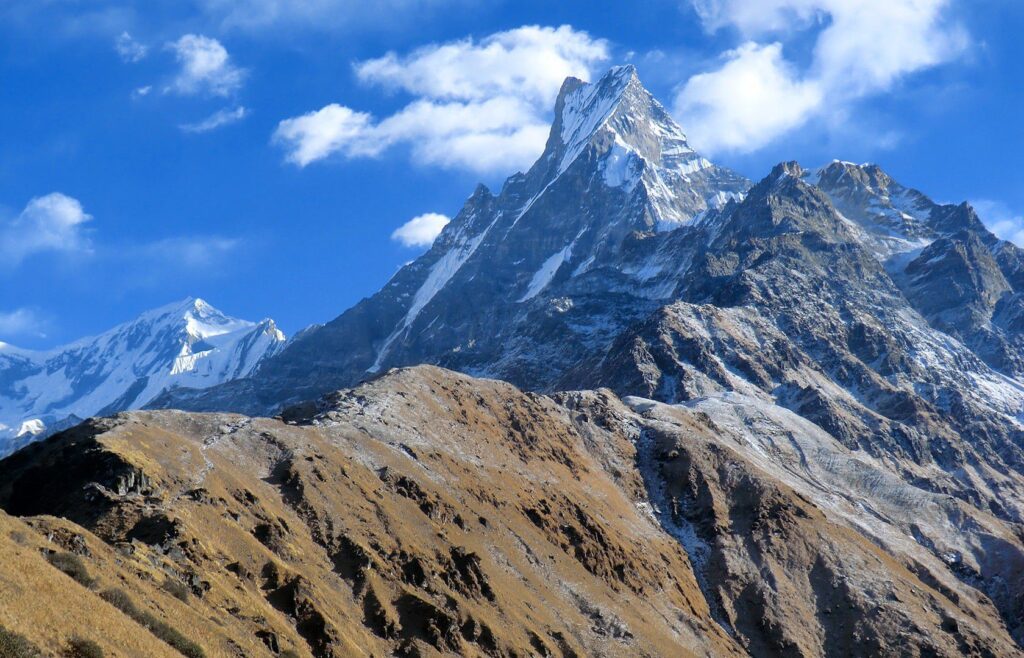
-
Duration: 5–7 days
-
Difficulty: Moderate
-
Highlights: Close-up views of Machapuchhre, rhododendron forests, quiet trails
-
Expert Tip: Hidden gem of the Annapurna region; ideal for photographers and nature lovers.
10. Kanchenjunga Base Camp Trek

-
Duration: 20–25 days
-
Difficulty: Strenuous
-
Highlights: Remote wilderness, third-highest peak, diverse ecosystems
-
Expert Tip: Recommended for experienced trekkers. Nepal Treks and Tour manages logistics, high-altitude safety, and camping arrangements.
Nepal offers something for every trekker. From short scenic treks like Poon Hill to challenging expeditions like Kanchenjunga, each route promises unforgettable Himalayan experiences. With Nepal Treks and Tour, you get expert guidance, safe itineraries, and insider knowledge—making your trek memorable, safe, and life-changing.
Best Time for Hiking in Nepal
Nepal is a year-round trekking destination, but the best time for hiking depends on your preferred route, weather conditions, and scenic interests. Trekking with Nepal Treks and Tour, you can plan your journey to match both your comfort and adventure goals.
Spring (March – May) – The Most Popular Season
-
Weather: Mild temperatures with stable skies.
-
Highlights: Blooming rhododendrons in Langtang, Annapurna, and Ghorepani Poon Hill regions.
-
Best For: All major treks including Everest Base Camp Trek, Annapurna Circuit, and Mardi Himal Trek.
-
Tips: Carry light layers and sun protection; trails are busy due to peak season.
Autumn (September – November) – Clear Skies & Spectacular Views
-
Weather: Crisp, clear skies after the monsoon; ideal visibility of Himalayan peaks.
-
Highlights: Perfect time for Everest Base Camp, Annapurna, and Manaslu Circuit for panoramic vistas.
-
Best For: High-altitude treks and photographers seeking unobstructed mountain views.
-
Tips: Book accommodations in advance; this is the most crowded trekking season.
Winter (December – February) – Peaceful & Less Crowded
-
Weather: Cold temperatures, especially above 3,000m, but clear skies.
-
Highlights: Lower-altitude treks like Ghorepani Poon Hill, Langtang Valley, and Mardi Himal Trek are ideal.
-
Best For: Trekkers looking for quiet trails and fewer tourists.
-
Tips: Use warm gear; some high passes like Thorong La Pass may be snowbound and inaccessible.
Monsoon (June – August) – Lush Greenery & Adventure
-
Weather: Heavy rainfall in most regions; some trails may be slippery or prone to landslides.
-
Highlights: Rain-shadow regions like Upper Mustang, Dolpo, and Manang remain dry.
-
Best For: Trekkers seeking less crowded, off-the-beaten-path treks.
-
Tips: Bring rainproof gear; avoid slippery trails unless experienced.
Key Tips for Choosing the Best Season
-
Scenic Interest: Spring for flowers, autumn for clear views, monsoon for greenery, winter for solitude.
-
Altitude Considerations: High passes (Thorong La, Larke Pass) are safest in autumn and spring.
-
Permits & Accessibility: Some restricted areas like Upper Mustang have fixed entry periods. Nepal Treks and Tour handles all logistics efficiently.
The best time for hiking in Nepal varies with your preferences and trek choice. For most trekkers, spring and autumn offer the optimal combination of weather, scenery, and trail accessibility. Nepal Treks and Tour ensures your trek is planned perfectly for the season, with proper guidance, gear, and accommodations to make every Himalayan adventure safe, scenic, and unforgettable.
Essential Trekking Tips from the Trail
Trekking in Nepal can be a life-changing experience, but it comes with challenges—high altitudes, unpredictable weather, and rugged terrain. At Nepal Treks and Tour, we’ve guided thousands of trekkers across the Himalayas and compiled proven tips from the trail to ensure your journey is safe, enjoyable, and unforgettable.
Acclimatize Properly to Avoid Altitude Sickness
-
Tip: Follow the “Climb High, Sleep Low” principle to let your body adjust.
-
Details: Altitude sickness can affect anyone, even experienced hikers. Include rest days at Namche Bazaar, Dingboche, or other high villages.
-
Expert Insight: Carry altitude sickness medication and oxygen if trekking to high passes like Thorong La or Larke Pass.
Pack Smart, Not Heavy
-
Essential Gear:
-
Layered clothing for varying temperatures
-
Waterproof jacket and trekking boots
-
Sleeping bag rated for sub-zero temperatures
-
Trekking poles for steep or slippery terrain
-
-
Expert Insight: Overpacking slows you down and increases fatigue. Nepal Treks and Tour provides gear checklists for every trek.
Hydrate and Eat Well on the Trail
-
Tip: Drink 3–4 liters of water per day and eat balanced meals.
-
Expert Insight: Avoid alcohol at high altitudes. Snacks like nuts, energy bars, and dried fruits help maintain energy.
Follow Local Guidance and Respect Culture
-
Tip: Trek with licensed guides like Nepal Treks and Tour.
-
Details: Guides know safe routes, cultural norms, and weather patterns. Respect local customs, monasteries, and village etiquette.
Know the Weather and Trail Conditions
-
Tip: Check local weather daily.
-
Details: Trails can be slippery during monsoon; snow may block high passes in winter. Your guide can help adjust your itinerary to avoid hazards.
Keep Your Electronics Safe
-
Tip: Protect cameras, phones, and batteries from cold and moisture.
-
Expert Insight: Cold drains batteries quickly. Carry spare batteries in an inner pocket close to your body.
Pace Yourself, Don’t Rush
-
Tip: Trek at a pace you can sustain.
-
Details: Short, steady hikes reduce fatigue and help with altitude adjustment. Overexertion increases the risk of injuries.
Emergency Preparedness
-
Tip: Always carry a first-aid kit, trekking insurance details, and a map.
-
Expert Insight: Nepal Treks and Tour provides guides trained in first aid and emergency evacuation protocols for high-altitude treks.
Respect Nature
-
Tip: Follow “Leave No Trace” principles.
-
Details: Avoid littering, stay on marked trails, and minimize impact on fragile alpine ecosystems.
Trust Local Expertise
-
Tip: Your guide is your most valuable resource.
-
Details: Weather, trail conditions, and cultural insights can change daily. Nepal Treks and Tour guides provide real-time advice and support.
Trekking in Nepal is rewarding but requires preparation, patience, and respect for the mountains and local culture. Following these essential trekking tips from the trail, combined with the guidance of Nepal Treks and Tour, ensures a safe, memorable, and life-enriching Himalayan adventure.
Nepal’s hiking trails offer an extraordinary blend of majestic mountains, rich cultural experiences, and diverse landscapes that appeal to every type of trekker. Whether you choose the iconic Everest Base Camp, the scenic Ghorepani Poon Hill, or the remote Kanchenjunga Base Camp, each trail promises breathtaking views and unforgettable experiences. By trekking with Nepal Treks and Tour, adventurers benefit from expert guidance, proper acclimatization, and comprehensive support, ensuring safety and comfort on every journey. Exploring the 10 best hiking trails in Nepal is more than a trek—it’s an opportunity to immerse yourself in the heart of the Himalayas, create lifelong memories, and truly experience why Nepal is called a trekker’s paradise.
10 Best Hiking Trails in Nepal – FAQs
Q: Which are the easiest trekking trails in Nepal for beginners?
A: For beginners or families, the Ghorepani Poon Hill Trek, Langtang Valley Trek, and Mardi Himal Trek are ideal. These treks have moderate difficulty, shorter durations (4–7 days), and well-established teahouse routes, making them beginner-friendly.
Q: What is the best time to hike in Nepal?
A: The most popular trekking seasons are:
- Spring (March–May): Blooming rhododendrons and stable weather
- Autumn (September–November): Clear skies and optimal mountain views
Lower-altitude treks like Poon Hill or Langtang Valley can also be done in winter (Dec–Feb), while rain-shadow regions like Upper Mustang are suitable during the monsoon.
Q: Do I need permits for trekking in Nepal?
A: Yes, trekking permits vary depending on the region:
- TIMS Card (Trekkers’ Information Management System): Required for most trails
- ACAP (Annapurna Conservation Area Permit): For Annapurna region treks
- Restricted Area Permits: For Manaslu, Upper Mustang, and Dolpo
Nepal Treks and Tour handles all permit arrangements for a hassle-free experience.
Q: Which trek is best for a high-altitude experience?
A: For high-altitude adventure, consider:
- Everest Base Camp Trek (5,364m at EBC, 5,545m Kala Patthar)
- Manaslu Circuit Trek (Larke Pass 5,106m)
- Kanchenjunga Base Camp Trek (6,500–5,100m)
These treks require proper acclimatization and trekking experience.
Q: How long do the top trekking trails take?
A: Duration varies:
- Short treks: Ghorepani Poon Hill (4–5 days), Mardi Himal (5–7 days)
- Moderate treks: Langtang Valley (7–10 days), Annapurna Base Camp (7–11 days)
- Long/strenuous treks: Everest Base Camp (12–14 days), Annapurna Circuit (14–18 days), Manaslu Circuit (14–16 days), Kanchenjunga Base Camp (20–25 days)
Q: Can families or seniors go trekking in Nepal?
A: Absolutely. Family-friendly treks include Ghorepani Poon Hill, Langtang Valley, and Mardi Himal. Nepal Treks and Tour can customize itineraries to suit all fitness levels and age groups, including shorter daily hikes and comfortable accommodation options.
Q: Do I need a guide for trekking in Nepal?
A: While some trails like Poon Hill and Langtang Valley can be done independently, having a licensed guide from Nepal Treks and Tour ensures safety, cultural insights, navigation, and permit management, especially for high-altitude or remote treks like Manaslu Circuit or Upper Mustang.
Q: What is the approximate cost for trekking in Nepal?
A: Costs vary depending on the trek, duration, permits, accommodation, and guide services:
- Short treks (4–7 days): $400–$700
- Moderate treks (7–14 days): $800–$1,500
- Long/strenuous treks (14+ days): $1,500–$3,000+
Nepal Treks and Tour provides all-inclusive packages covering guides, accommodation, meals, permits, and logistics.
Q: Which trek offers the best sunrise or sunset views?
A:
- Poon Hill (Ghorepani Poon Hill Trek): Iconic sunrise over Annapurna and Dhaulagiri ranges
- Mardi Himal: Sunrise views of Machapuchhre and Annapurna South
- Kala Patthar (Everest Base Camp): Sunrise views of Everest, Lhotse, and Nuptse
Q: What are the main challenges while trekking in Nepal?
A: Common challenges include:
- Altitude sickness on high passes
- Unpredictable weather in the monsoon or winter
- Physical stamina for long treks
- Trail navigation in remote areas
Trekking with Nepal Treks and Tour mitigates these challenges with professional guidance, proper acclimatization, and safety support.
If you need any further information, please feel free to contact us via email at [email protected] or by phone/WhatsApp at +977-9851013072.
